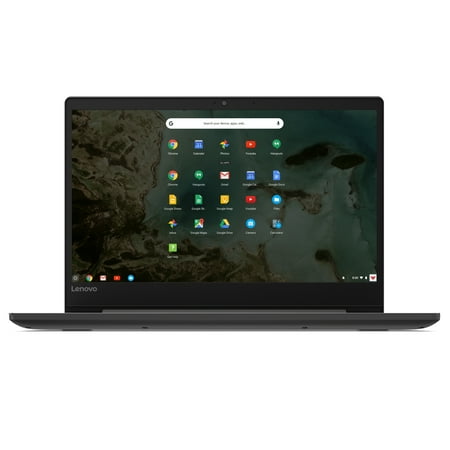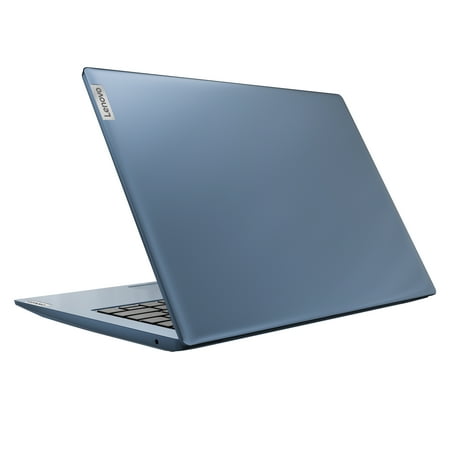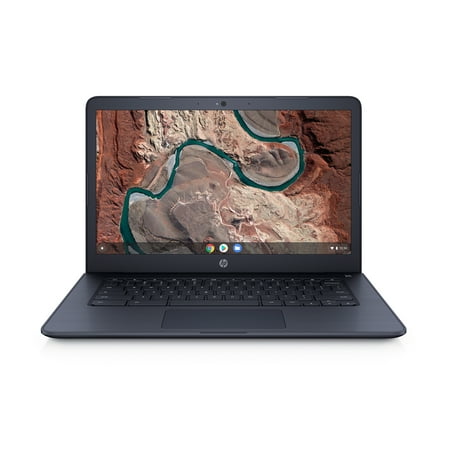Apple MacBook Pro 13″ Notebook, Apple M1 Chip, 256 GB SSD, 8 GB Unified Memory, Space Grey
13-inch Retina display with True Tone, 2560 x 1600 native resolution. Apple M1 chip with 8-core CPU, 8-core GPU, and 16-core Neural Engine. 256 GB Solid State Drive storage. 8 GB unified memory.
All systems Pro. The Apple M1 chip gives the 13-inch MacBook Pro speed and power beyond belief. With up to 2.8x CPU performance. Up to 5x the graphics speed. Our most advanced Neural Engine for up to 11x faster machine learning. And up to 20 hours of battery life – the longest of any Mac ever. It s our most popular pro notebook, taken to a whole new level.
- 13-inch Retina display with True Tone, 2560 x 1600 native resolution
- Apple M1 chip with 8-core CPU, 8-core GPU, and 16-core Neural Engine
- 256 GB Solid State Drive storage
- 8 GB unified memory
- macOS Big Sur operating system
- Backlit Magic Keyboard, Ambient light sensor, Touch Bar, Touch ID sensor
- 802.11ax Wi-Fi 6, Bluetooth 5.0
- 720p FaceTime HD camera
- Ports: 2 x Thunderbolt, 3.5 mm headphone jack
- Integrated 58.2-watt-hour lithium-polymer battery, up to 17 hours of runtime
- Dimensions: 0.61″ x 11.97″ x 8.36″, 3.0 lbs
Additional information
| Weight (lb) | 3 |
|---|---|
| Dimensions (inches) | 0.61" x 11.97" x 8.36" |






by Mike
This is one sweet and powerful machine: used mainly for video editing, coupled with Final Cut, the results of each video project are amazing; the sound quality is over my expectations, as well as the video quality after rendering.
by itaro
It’s perfect only wish after a few hours of working with it the screen would be great if 15’in not 13’in.